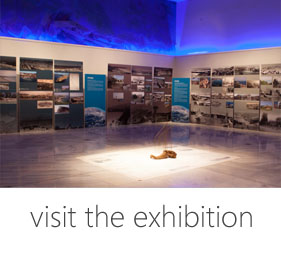Educational games /
Constanta
«the educational event - theatre game was successfully implemented on 7.11.2013, at the Museum of National History and Archaeology Constanța, ”Adrian Rădulescu” Auditorium.
The event Tomis – oraș portuar și cultural (Tomis- port and cultural city) was organized by the Romanian OLKAS team in collaboration with Classical Studies Society – Constanța Branch, „Adrian V. Rădulescu” Gimnasium from Murfatlar (Constanta County) and „Nicolae Bălcescu” Highschool from Medgidia (Constanța County).
The programme consisted of three distinct parts:
1. a brief presentations session – 6 students from George Călinescu Highschool Constanța and one of their professors, member of the Classical Studies Society, presented papers with mitological and histororical subjects. The highschool students elaborated their works under their teacher s’ supervision – prof. Elena Crăcea and prof Marina Cușa, both members of the Classical Studies Society
2. the theater game O zi la Tomis (A day at Tomis), coordinated by prof. Lavinia Popescu and prof. Rodica Plugaru. It was played by gimnasium and highschool students and it consisted in: Ovidius’ lyrics, two short scenes about daily happenings at Tomis: culture, love (”Nihil novi sub sole”, play inspired by Ovidius' lyrics, written and coordinated by latin prof. Rodica Plugaru), trade, ethnical mixtures, economic activity - marble sculpting, wine commerce, commercial relatios, ship owning, christians, music etc. (play written and coordinated by history prof. Lavinia Popescu). It was a brief passing through the roman and byzantine history of Tomis. Since their performance was very interesting they were invited to also perform during several other events organized at different hgisghschools in Constanta.
3. a drawings and paintings exhibition – all the works were elaborated by highschool or gimnasium students, on mithological and historical subjects.»






























